







The area of Mount Kenya National Park is 715 km2, while the surrounding forest reserve is an additional 705 km². In 1949, the region was designated as a park with the aim of conserving its exceptional natural beauty. Additionally, to protect the area as a water catchment area, promote tourism, and preserve the animal habitat. When it was first declared a national park, it was a forest reserve. At the moment, the national park is contained within the surrounding forest reserve. The region was named a UNESCO Biosphere Reserve in April 1978. In 1997, the forest reserve and the national park were inducted as a UNESCO World Heritage Site.
At 5199 meters (17,057 feet) above sea level, Mount Kenya is a stunning sight that dominates the landscape for kilometers around. The crater rim has been eroded, forming many summits that are surrounded by unspoiled forests, glaciers, and mountain lakes. The park's lower slopes are magnificently dome-shaped, with lush bamboo forests and rainforest; higher up, the flora drastically changes, becoming moorland with enormous lobelia and heather.
As you rise, the vegetation may be separated into three main zones: the large, gentle lower slopes covered in mountain forest and bamboo, the rocky peak area, which is actually an eroded volcanic plug with its mantle of glaciers and snowfields, and the alpine zone with its peculiar enormous vegetation.
Animals: Most animals inhabit the lower elevations of Mount Kenya's slopes, where there is greater vegetation and a milder environment. Elephants, buffalo, monkeys, antelope, gigantic forest hogs, tree hyraxes, white-tailed mongooses, mole rats, bushbucks, water bucks, monkeys, porcupines, and eland can all be found in the forests. Lions, leopards, and hyenas are also uncommon sights. At higher elevations, one can find the common duiker and mountain hyrax.
The Sirimon Route: Due to its location on the dry side of the mountain, the Sirimon route offers the best acclimatization possibilities and the most gentle climb route profile for Mount Kenya. The hike path has plentiful fauna and stunning alpine vistas higher up, with spectacular Yellowwood woods in the lower sections.
The Naro Moru route is the fastest trekking way to Point Lenana, although being less picturesque than the other two. Because it is the most popular route in comparison to the Chogoria and Sirimon routes, it attracts a large number of climbers.
Chogoria Route: Of the three main routes on the mountain, the Chogoria route is the best one for descending; it's also quite picturesque and fascinating. The route skirts the picturesque Hall Tarns and offers breathtaking views of Lake Michaelson and the breathtaking Gorges Valley below towering cliff faces.
There are wet and dry seasons on Mount Kenya. The major rainy season lasts from mid-March to June, and the dry season lasts until September.
Short showers fall on the peak from October to December, accounting for around one-third of the total rainfall. Lastly, the dry season, which lasts from December to mid-March, is when the mountain receives the least amount of rain.

Climbing Routes
5 days + 4 nights
6 days + 5 nights
6 days + 5 nights
7 days + 6 nights
8 days + 7 nights
6 days + 5 nights
8 days + 7 nights
9 days + 8 nights

Climbing routes
7 days 6 nights
5 days 4 nights
4 days 3 nights
5 days 4 nights
6 days 5 nights
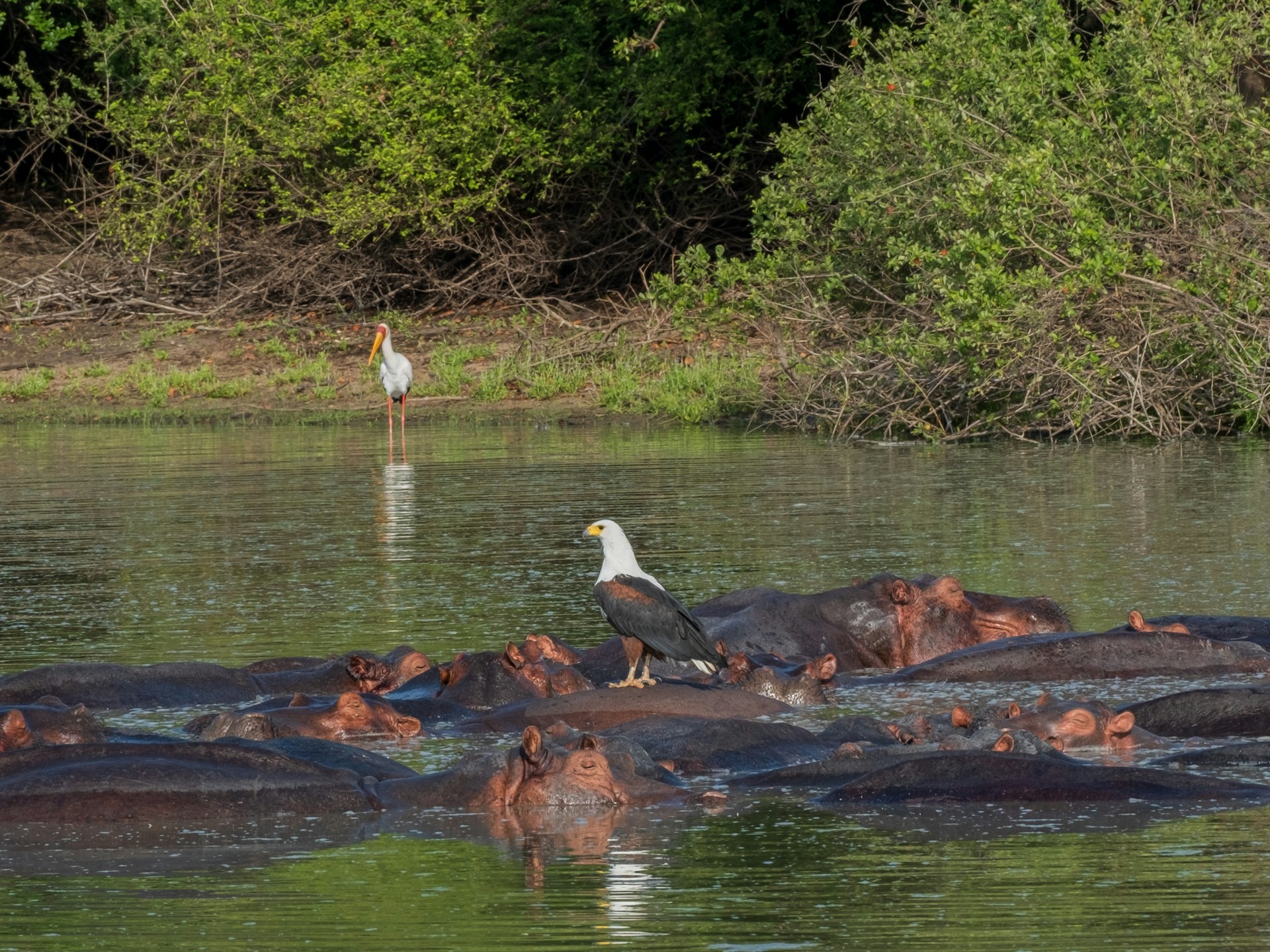
7 Days 6 Nights - Adventure Southern Tanzania Camping Safari
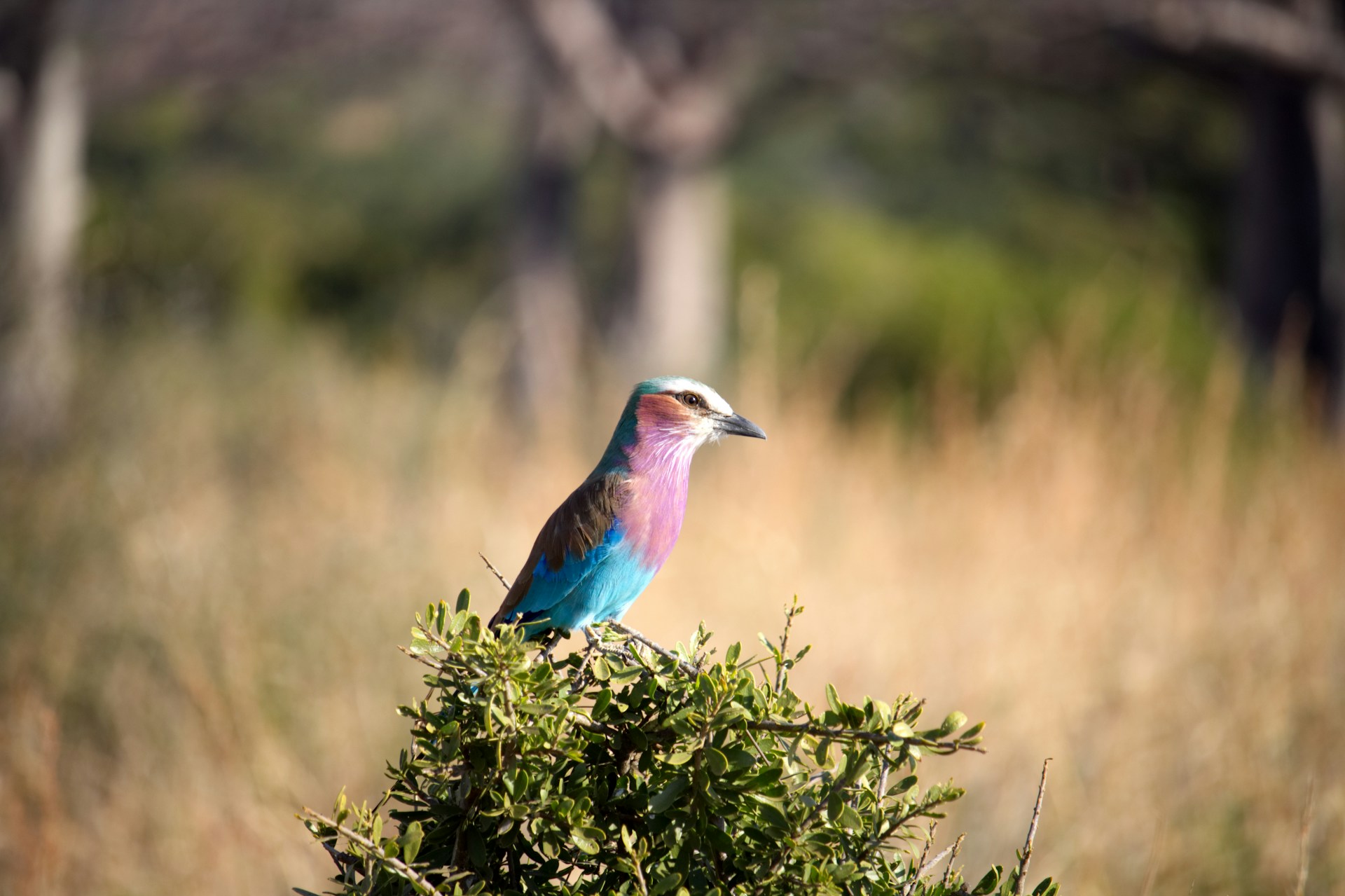
8 Days 7 Nights - Best of Southern Tanzania Safari
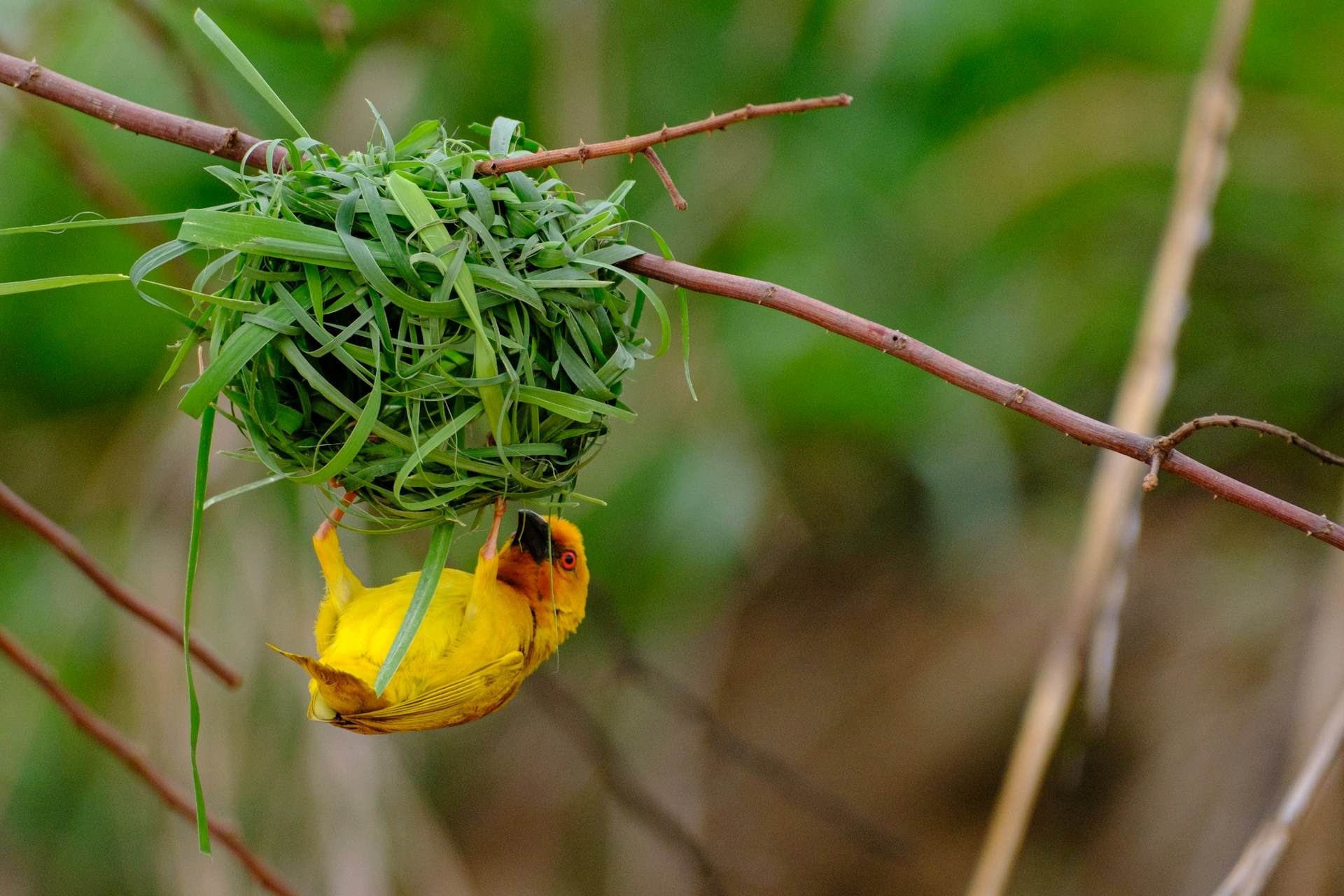
9 Days 8 Nights - Magical Southern Tanzania Safari
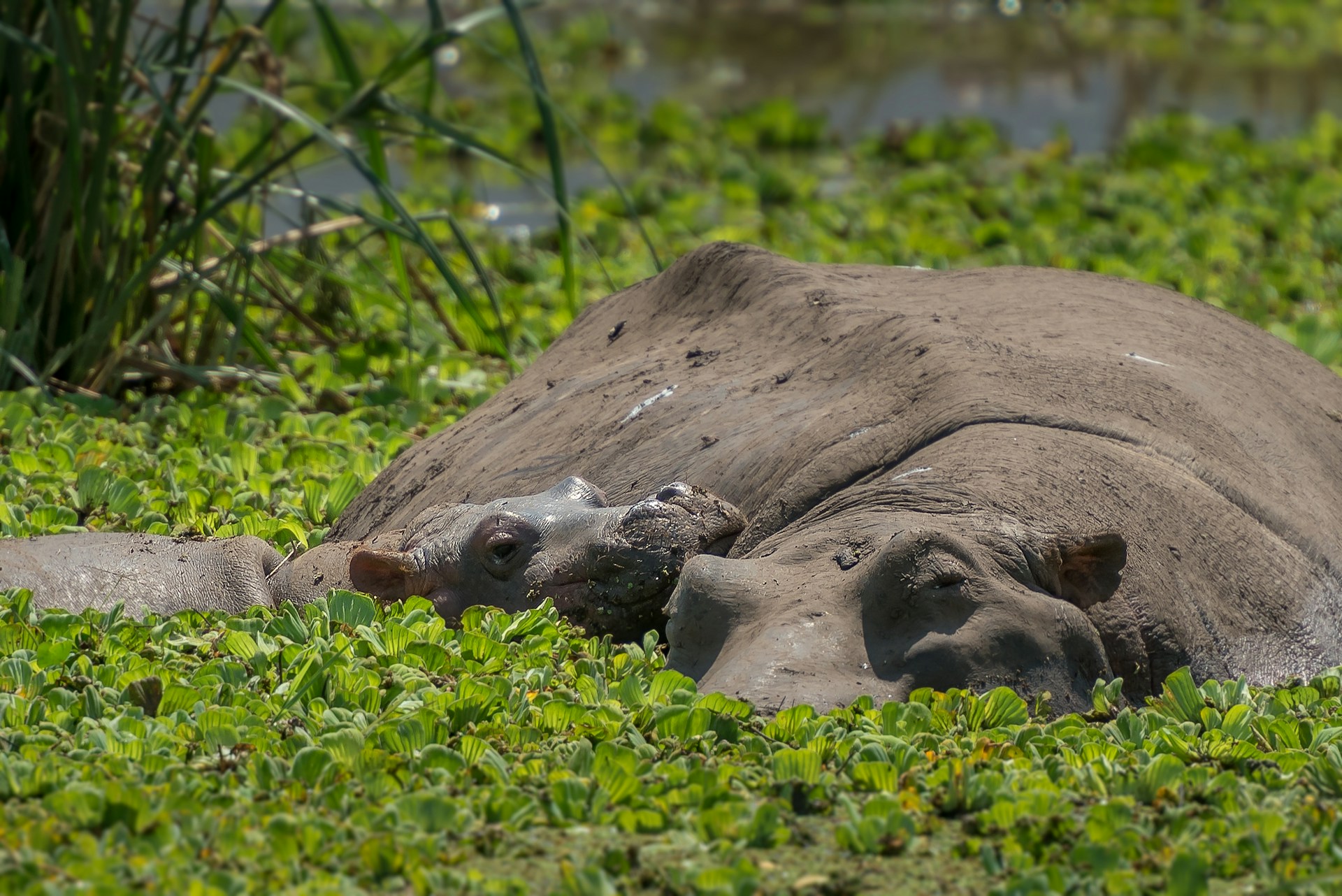
4 Days 3 Nights - Selous Compact Camping Safari
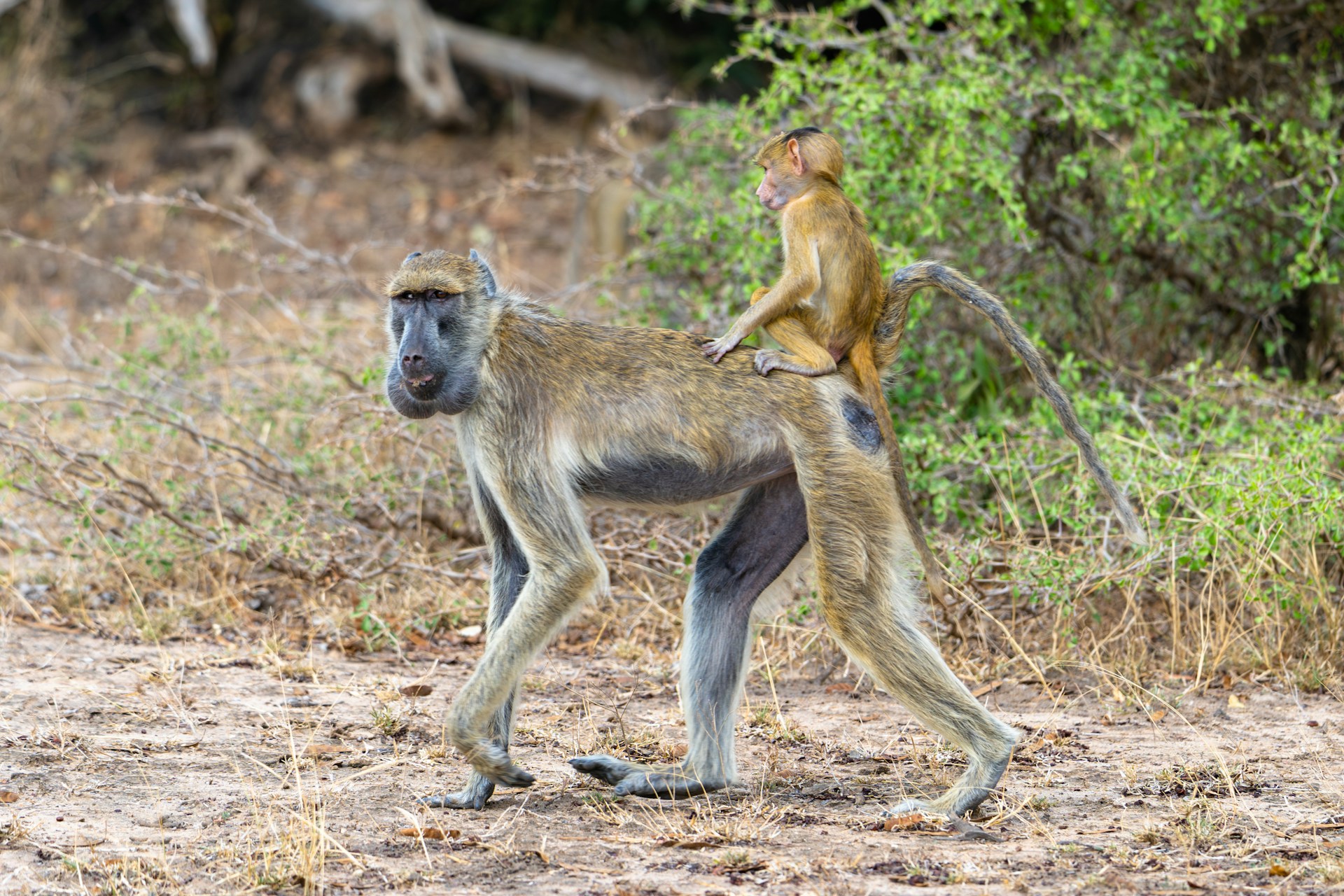
5 Days 4 Nights - Best of Selous Trail Safari

6 Days 5 Nights - South Tanzania Special Safari

4 Days 3 Nights - Chimpamanzee safari Mahale National Park
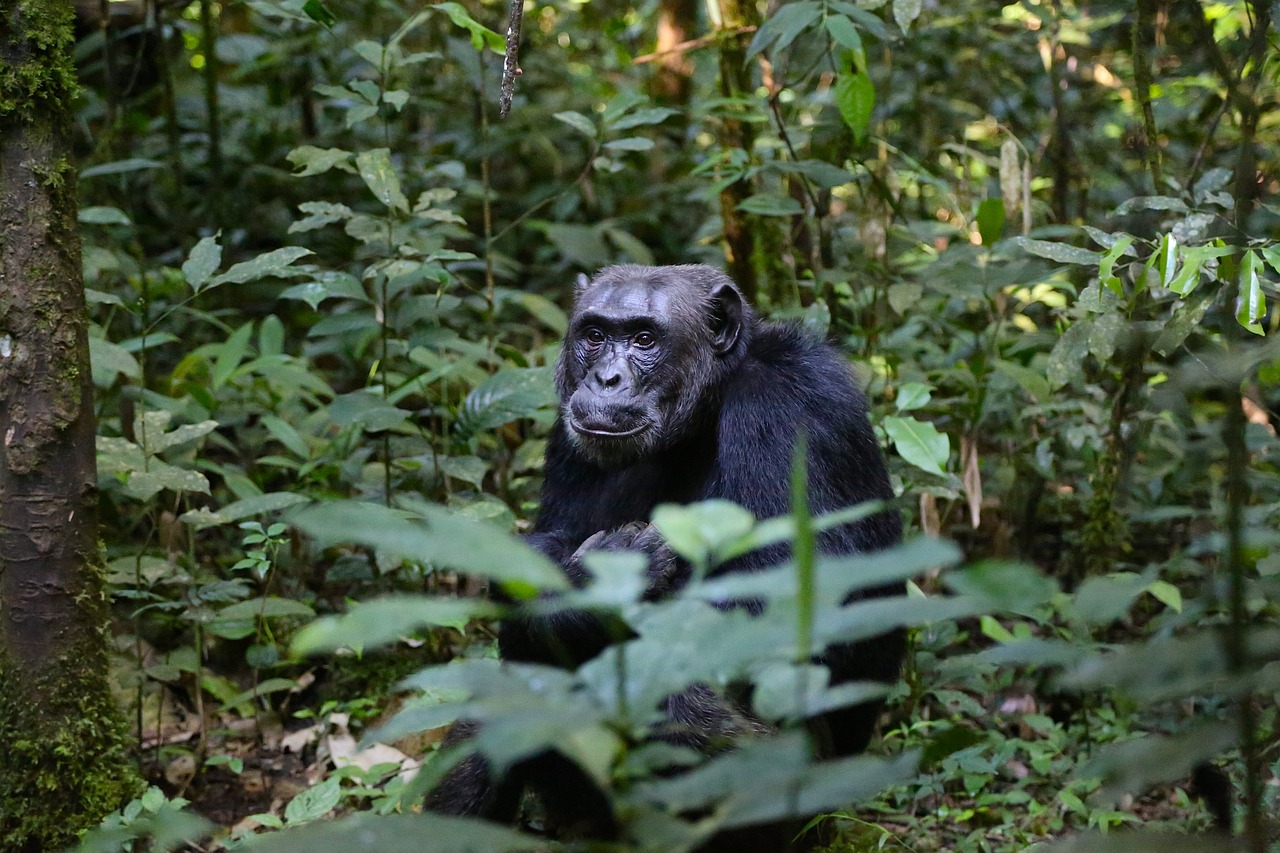
5 Days 4 Nights - Gombe Stream National Park
© 2025 Lasi Tours. All Rights Reserved.